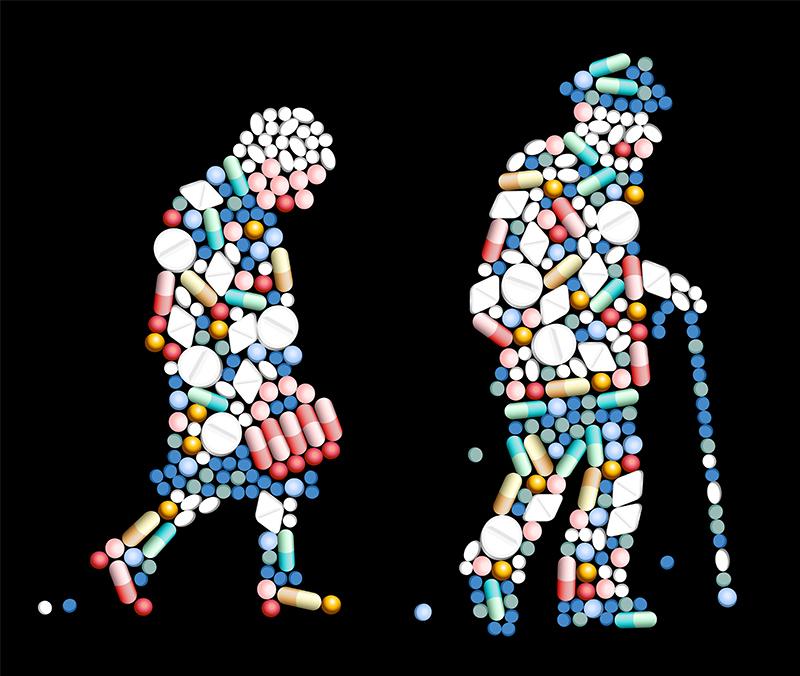Limited English literacy leads to medication nonadherence among elderly Singaporeans





Older Singaporeans with limited English health literacy (EHL) are more likely to report uncertainty as regards taking medications correctly compared with those with adequate EHL, according to a study. Elderly people with limited EHL have difficulty understanding the information on prescription medication labels (PMLs), which then contributes to medication nonadherence.
“Interventions focused on incorporating bilingual text and/or pictograms on PMLs may reduce uncertainty in taking medication correctly and improve medication adherence among the elderly,” the researchers said.
Analysis was conducted using data from a national survey on 1,167 home-dwelling elderly on ≥1 prescribed medication. EHL was determined using the validated Health Literacy Test for Singapore. Medication nonadherence was self-reported. Finally, path analysis was performed to assess the link between limited EHL and medication nonadherence, as well as test possible mediators.
Limited EHL was reported in 90.7 percent of elderly people, as well as in 71.6 percent of those who were able to read English (35.2 percent). Limited EHL showed a positive correlation with medication nonadherence (total effect, 0.35; p=0.032). Furthermore, medication nonadherence was significantly higher among elderly people with limited vs adequate EHL (31.4 percent vs 16.5 percent; p=0.001). [Proc Singapore Healthc 2020;29:25-32]
Significant mediators were as follows: “uncertainty in taking medications correctly due to difficulty in understanding written information on PMLs” (indirect effect, 0.23, 95 percent confidence interval, 0.12–0.39), “hospitalization in past 6 months,” and “emergency room visits in past 6 months.” However, only the first mediation pathway was positively associated with medication nonadherence (b, 0.19; p<0.001).
Other studies have also found a link between lack of patient knowledge of their prescribed medication and medication nonadherence, highlighting the need for adopting strategies to ensure patients’ knowledge of their prescribed medication to decrease nonadherence. [Eur J Heart Fail 1999;1:145-149; Ther Clin Risk Manag 2008;4:269-286]
“In the Singapore context, two potential PML improvements are the use of bilingual text (English and one other official language), as a much higher proportion of elderly Singaporeans are able to read in at least one of the four official languages, and inclusion of pharmaceutical pictograms,” the researchers said. [https://www.singstat.gov.sg/publications/ghs/ghs2015content]
An earlier study claimed that Singaporeans’ understanding of PMLs could be significantly improved by including instructions in English and one of the other languages commonly spoken in Singapore, as well as by using a combination of pictograms and bilingual text. [Gerontologist 2019;59:378-390]
Moreover, pictograms have been shown to be effective in conveying medication information on PMLs when used in combination with medication counselling and accompanying written text. This strategy also improves knowledge on medication and side effects when combined with simplified written information, which can help address problems posed by limited health literacy among patients. [Biomed Res Int 2015;2015:1-12; J Oncol Pharm Pract 2016;24:98-109]
“The suggested improvements, however, may not be entirely useful for the elderly who are illiterate or have limited health literacy in Mandarin, Malay, or Tamil,” the researchers said. “Nonetheless … it is worthwhile to develop simple, standard Mandarin, Malay, or Tamil translations of commonly used medication instructions, and rigorously test and … adapt existing pictograms … or develop new pictograms in Singapore so as to arrive at a set of culturally appropriate pictograms.”